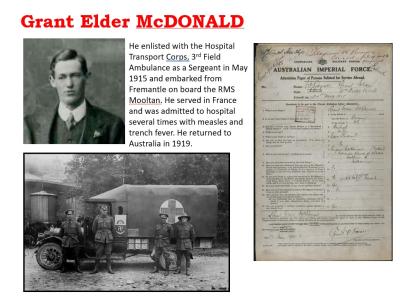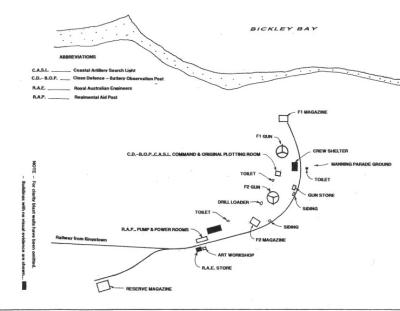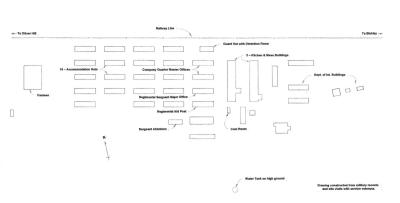World War 1, South-West Asia, Turkiye, Gallipoli, Anzac Cove,1123 LOCKYER, 1915
Photograph of Memorial Plaque to Gunner F Lockyer of 4 Division Trench Mortar Battery. .Fred Lockyer was born in 1896 to Winifred (known as Winnie) Lockyer, and a man whose identity was not recorded in Perth Western Australia. He was the grandson of a well-known pioneering pastoralist and Aboriginal woman Ina Maddahan, from the Roebourne area situated in Northern Western Australia
Fred Lockyer has spent most of his childhood til the age of 16 in the Swan Native and Half Caste Mission (now Swanleigh). I May 1915, he enlisted with the Australian Imperial Force (AIF) and was assigned to the 7th Reinforcements of the 10th Light Horse Regiment. Embarking on the 2 July, Lockyer was in action at Gallipoli from October to December when he was evacuated to Alexandria with other Allied troops. After Gallipoli, Lockyer saw action in France, until 1917 when he had suffered injuries from a shell explosion at Boulogne. He was later evacuated to England where he was attached to the Australian ANZAC Ordinance Corps Depots at Millwall and Weymouth unil November 1919 when he was granted indefinite leave. In December he wrote to the Australian Defence Department seeking to be discharged from the AIF whilst in England rather than upon return to Australia, as his wife Lily (nee Harris), who he had married four months earlier in Stepney, London, was unfit to travel.
Following his return to Australia in May 1930, Fred wrote to the Defence Department from Wagga Wagga, New South Wales, in order to obtain a copy of his discharge certificate. He was to repeat the request some eight years later while residing in nearby Wellington. Fred Lockyer passed away in the Sydney suburb of Redfern on 8 May 1958, approximately 62 years of age, unaware that he had three younger half-siblings who were raised in Western Australia.
Fred’s name appears on the Swan Native and Half Caste Mission (now Swanleigh) Honour Board where he has the distinction of being the first of the fourteen ‘old boys’ of Aboriginal descent to have enlisted to serve in World War I, and the only one to have served at Gallipoli.
Details
Details
The service of 13 Diggers, now honoured as Indigenous, original ANZACs, who served with the Australian Imperial Force in Gallipoli are commemorated by name in dioramas in the World war 1 Gallery at the Australian Army Museum of Western Australia.
Australian Army Museum of Western Australia
Australian Army Museum of Western Australia
Other items from Australian Army Museum of Western Australia
- World War 1, South-West Asia, Turkiye, Gallipoli, Anzac Cove, 897 MASON, 28 Battalion, 1915
- Medal - Queen Elizabeth II Golden Jubilee Medal
- World War 1, South-West Asia, Turkiye, Gallipoli, Anzac Cove, 2515 MELBOURNE, 5 Battalion, 1915
- World War 1, South-West Asia, Turkiye, Gallipoli, Anzac Cove, 1310 NALEY, 16 Battalion, 1915
- Medal - Meritorious Service Medal (1916-1918) Gallantry and Immediate
- World War 1, South-West Asia, Turkiye, Gallipoli, Anzac Cove, 2413 SHAW, 52 Battalion, 1915
- World War 1, South-West Asia, Turkiye, Gallipoli, Anzac Cove,165 McCALLUM, 16 Battalion, 1915
- World War 1, Western Australia, Perth heritage week Exhibit, 251 McDONALD GE, Hospital Transport Corps
- World War 2, Western Australia, Rottnest Island, Bickley Battery and Bickley Camp, Layout, 1944
- World War 2, Western Australia, Rottnest Island, Bickley Battery, Layout
- World War 2, Western Australia, Rottnest Island, Airfield Camp, Layout, 1944














